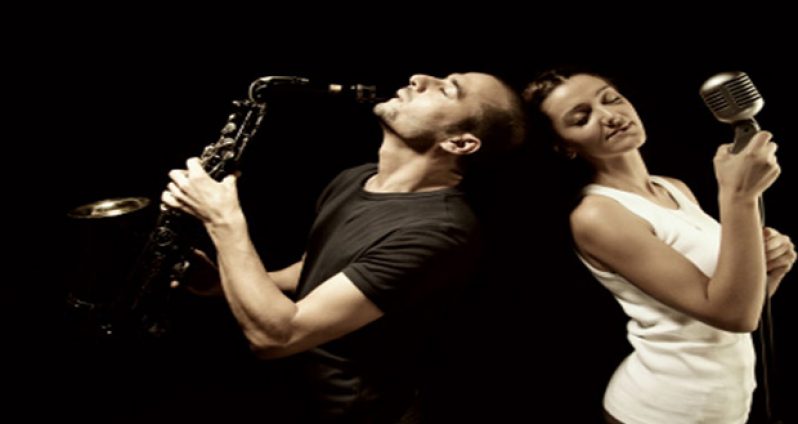AUTHOR Ted Gioia, in his seminal work on the history of Jazz labeled it ‘The Africanisation of American Music’. Gioa recounted the first steps of this great music, all the way back to circa 1817 New Orleans, where slaves, using make-shift instruments fashioned from calabash, beat out a rhythm that was accompanied by a dance of seeming contradictions which, according to the author, was “informal, spontaneous, and precise.”This ritual, called “The Ring Shout”, was performed on the slaves “Free Day”, and was done in an open area known as Congo Square, since renamed Louis Armstrong Park. It has been revealed that Benjamin Latrobe, a famous architect, witnessed this performance on February 21, 1819. And on giving life to the event, he made several sketches depicting what transpired. His sketches showed the musicians playing percussion and string instruments virtually identical to those characteristic of indigenous African music.
It could be argued that the interruption of the “ring shout” ritual by the “Civil War” gave rise to the emergence of the first Jazz bands in New Orleans. However, this transplanted African culture continued to live within the collective memories of the Black community, and even among those too young to participate.
Sidney Bechet, saxophonist, clarinetist, and composer, in his autobiography, “Treat it Gentle”, said, “The slave was a musician; no one had to explain notes or feelings or rhythm to him. It was all there inside of him; something he was always sure of.”
What Gioia takes pains in pointing out is that Bechet and Buddy Bolden (King of Cornet) were the early pioneers of Jazz. The Americanisation of African music had begun, and with it came the Africanisation of American music. This blending process, called “syncretism”, the blending together of cultural elements, is very essential to the history of the music, and remains powerful, even to this day. African-American styles of performance blend seamlessly with the music of other cultures, European, Asian, Latin and coming full circle African.
The history goes even further back to the 1700s, when the earlier crude instruments were confiscated by the slave owners, for fear that the beating of anything could have been a signal for a forceful breakout by the salves. This fear was enforced by forcing the slaves to become interested in hymns and spiritual songs, especially written by Dr Isaac Watts. These were published in various colonial editions during the 1700s. The initial idea was for Dr Watts’ music to be introduced to the salves in edifying examples of Western music. However, it happened the other way around. Alan Lomax, the pioneering scholar and preserver of African-American music, acknowledged that “Blacks had Africanised the Psalms to such an extent that many observers described Black Lining hymns as mysterious African music.”
What is certain is that Jazz, in its journey to being labeled America’s classical music, took its lumps along the way. It must be understood that this was a new sound that was forcing an old, tried and accepted music to give way.
In defence of the older music, certain characters used the medium of Jazz to either illustrate what a great music was in the offing or to ridicule it.
The Minstrels shows found White performers in Black face mimicking Black people, and ridiculing the music with little or no knowledge of the people or the music. But the musicians hung in and progressed to revealing a beautiful sound.
Until next week, where we continue.
By Milton Bruce




.png)









